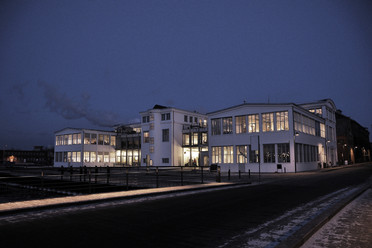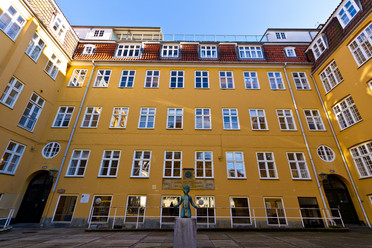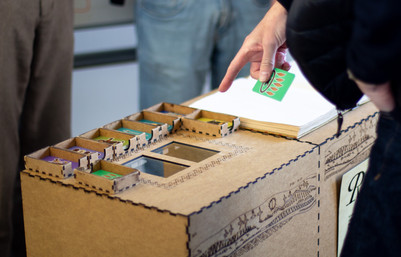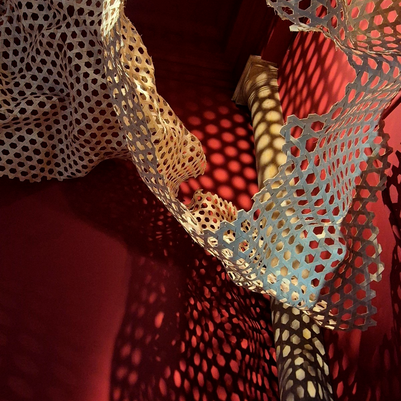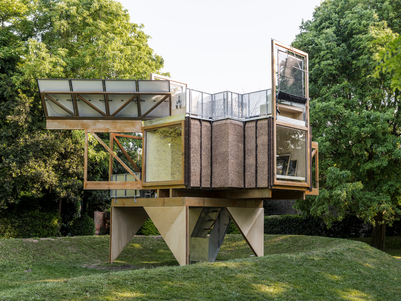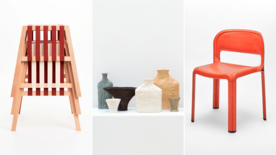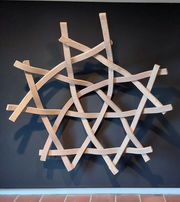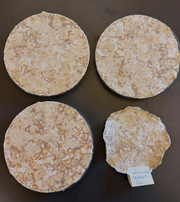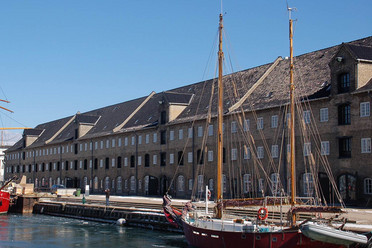
Research
Fermentation and weaving as primary research areas
Fermentation and weaving are ancient techniques with practices existing across societies globally. With the aim of resocialising, democratising and empowering people to participate in making their built environments, the research group focuses on these two techniques with the understanding that they are deep reservoirs of innovative potential. These techniques – and the social practices and communities they engender – hold relevance for advancing architectural research in the face of major societal and ecological challenges.
Fermentation
Fermentation is a practice that has been employed across time and cultures as an accessible means to produce, preserve and enhance food and beverages, extract valued material components through selective decomposition and to produce a wide variety of organic compounds with broad utility.
At the Chair for Biohybrid Architecture researchers investigate the use of fermentation, mediated by filamentous fungi, to produce materials with varying mechanical, functional and aesthetic properties. These materials exhibit many properties suited for application within building construction. They can perform well thermally and acoustically, they are lightweight and fast growing. Furthermore, these materials can be grown on abundant agricultural and land-management residues and waste streams, and they can be recycled or biodegraded.
These various properties and attributes make their production alignable with circular design principles and a viable contributor to the circular economy.
Biolab
The Biolab was established in 2020 and is operated by the Chair for Biohybrid Architecture. It provides both a production and analytical space to support research, teaching and experimentation focused on the biofabrication of materials. The production equipment at the Biolab provides the possibility for sterile working and fine control of growth protocols in incubation under a range of control dimensions. Analytical equipment in the Biolab makes it possible to gain chemical, elemental and microstructural insights of materials during and post-production. Equipment includes an FTIR spectrometer, Elemental Analyser and desktop SEM/EDX.
Weaving
Kagome weaving is an ancient craft technique embodies shape making principles that relate topology, geometry and material properties, enabling the production of near-net approximations of design targets exhibiting double curvature. Although originating as a basket weaving technique, these principles offer innovative potentials for architecture by providing a systematic and rational approach for realising complex geometry using straight stock material.
Kagome research and dissemination at the Chair for Biohybrid Architecture focuses on:
- Development of computational methods for generating, analysing and processing principled weave patterns for fabrication.
- Developing fabrication methods and processes for realising large-scale structures.
- Knowledge sharing and community building around the craft practice.
Timber Compression Lab
The Timber Compression Lab is managed by the Chair for Biohybrid Architecture in collaboration with the Academy’s Wood workshop. The lab provides facilities for timber steaming and longitudinal compression. Timber compressed in this way can achieve significantly smaller bending radii than through steam bending alone. This is only the third press of its kind within Denmark. The lab has been funded by the Carlsberg Foundation to support the Kagome Architectures project which seeks to apply the compwood process in the making of architectural scale free-form timber grid shells.


